Friday, July 10, 2015
Shanghaî Disneyland : How Disney Try to Don't Do the Same Mistakes Twice
Interesting article from Bloomberg.com about Shanghaî Disneyland titled: "Rethinking Disneyland for the Chinese Family: The Shanghai park is designed with extended families—and even line jumpers—in mind".
Or: how Disney try do don't do the same mistakes twice and adapt the park to local culture - the famous "distinctly Chinese" as said Bob Iger.
"As any parent who’s hauled awe-struck kids through a Disney park in the U.S. knows, the stars of the show are the ever-present Mickey, Minnie, and the fairy tale princesses (think Cinderella, Ariel, and Elsa) that Walt Disney transformed into a perpetual profit machine. But visitors to Shanghai Disneyland, set to open next spring, will be wowed by a new cast member in a starring role: Chinese culture. Whether it’s the giant glass peony blossom representing nobility and good fortune at the center of a fairy-bedecked fountain, the “lucky” cloud patterns painted on some spires of the massive castle dwarfing the park, or the traditional dim sum restaurant in the Disneytown night life area, every detail will exhibit a heavy dose of mainland history and customs.
“We’re building something that’s authentically Disney and distinctly Chinese,” Disney Chairman Robert Iger says. “It definitely will be Disneyland in China, but we’ll obviously be respectful of the Chinese culture and relatable to the people of China.”
In May the company opened the world’s largest Disney Store in Shanghai, the mainland’s most affluent metropolis. But the $5.5 billion resort Disney is building in partnership with Shanghai’s local government—within a three-hour drive of more than 330 million potential visitors—is a far bigger bet on China’s rising middle class. It’s also the entertainment giant’s largest foreign investment ever.
Despite Disney’s longtime success in theme parks, risks remain. Since the 1980s, many Chinese real estate developers have added entertainment components to their projects, so there are plenty of rivals for mainlanders’ leisure-time dollars. The number of Chinese amusement parks, including water parks and other destinations with rides, is expected to reach 850 this year, up 40 percent since 2006, according to consultant IBISWorld. Comcast’s Universal Studios is building a theme park in Beijing, and DreamWorks Animation is opening a film studio and entertainment complex in Shanghai. Attractions operated by local competitors, such as Songcheng Park in Hangzhou and Chimelong Ocean Kingdom in Hengqin, rank among the most attended in the world, according to consulting firm Aecom.
“They [Disney] have to be on top of their game,” says Dennis Speigel, a theme park consultant from Cincinnati who’s worked in China. “It better be sized correctly, it better be finished properly, because the Chinese are so into technology and social media, now they know what’s going on.”
China’s one-child policy and a desire by extended families to travel together often mean there are as many as four adults for every kid in the parks, says Craig Hanna, chief creative officer for Thinkwell Group, a theme park designer based in Los Angeles, which has done work in China. So operators need to design plenty of seating, restaurants, viewing areas, and open space where older family members can camp out while others go on rides, Hanna says.
Chinese companies don’t typically offer paid vacation time, so park attendance tends to surge around a handful of national holidays, according to Tony Sze, senior counselor of the Chimelong Group, one of China’s largest park operators. To reduce the waits at rides during peak times, the company schedules parades and street performances to draw customers elsewhere in its parks, he says. Disney has been adding games, videos, and robots to distract Shanghai customers while they wait.
Another challenge is the Chinese propensity for line-cutting, detailed in a 2010 article in InPark Magazine, published by the International Association of Amusement Parks & Attractions. The article described tactics such as “constant walking,” moving forward while pretending there’s no line, or using a kid as an “advance man” to snake through the queue, bypassing the waiting throngs. The article recommended enclosed lines that narrow to single file so people can’t jump ahead. “Rather than pull people away and say ‘I’m sorry, you can’t do that,’ you make it impossible,” says John Rust, senior creative director at Rethink Leisure & Entertainment, another California-based theme park designer.
The Shanghai Disney Resort will feature 11 acres of gardens at its center, with benches and areas for strolling. Playing to Iger’s mandate to focus on Chinese culture, the Garden of the Twelve Friends will blend Chinese zodiac symbols with Disney characters. Remy, from the Pixar film Ratatouille, represents the Year of the Rat. The lambs from Mary Poppins do the same for the Year of the Sheep.
The Chinese like large-scale visuals, Hanna says. And Disney will satisfy that with Shanghai’s Enchanted Storybook Castle, the tallest and largest such structure at any Disney park. Chinese parkgoers also expect live entertainment. Outside the Shanghai park will be Disneytown, a shopping plaza with no entry fee that will serve as a kind of overflow area and include a theater with the first Mandarin-language live production of The Lion King.
Disney has learned from past mistakes. Disneyland Paris opened in 1992 to French criticism of the lack of wine on its menus; Shanghai will have plenty of local food at various prices. The 310-acre Hong Kong Disneyland was dinged at its debut as too small; Shanghai will be three times the size. And the Paris park, with seven on-site hotels with a total 5,765 rooms, suffered from a lodging glut; Shanghai will open with two Disney-run hotels totaling 1,220 rooms. “They’ve definitely learned some lessons,” says Lee Cockerell, who supervised food offerings at the hotels at Disneyland Paris when it opened. “Understand the culture, respect the culture, and make sure the guests are going to get what they expect.”
Picture and Text: copyright Bloomberg.com
Subscribe to:
Post Comments (Atom)






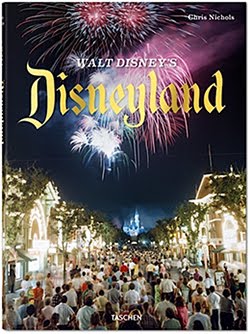


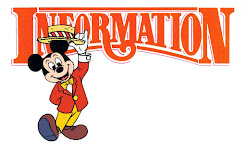
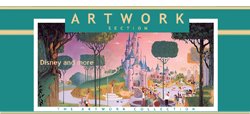
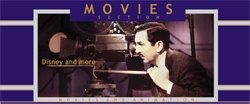
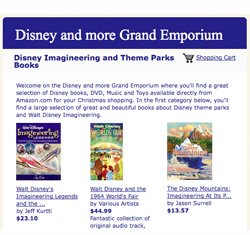



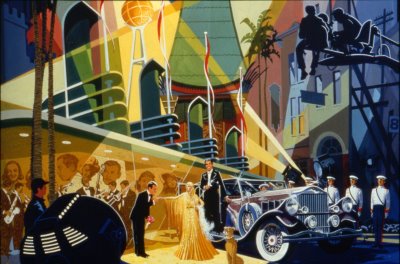






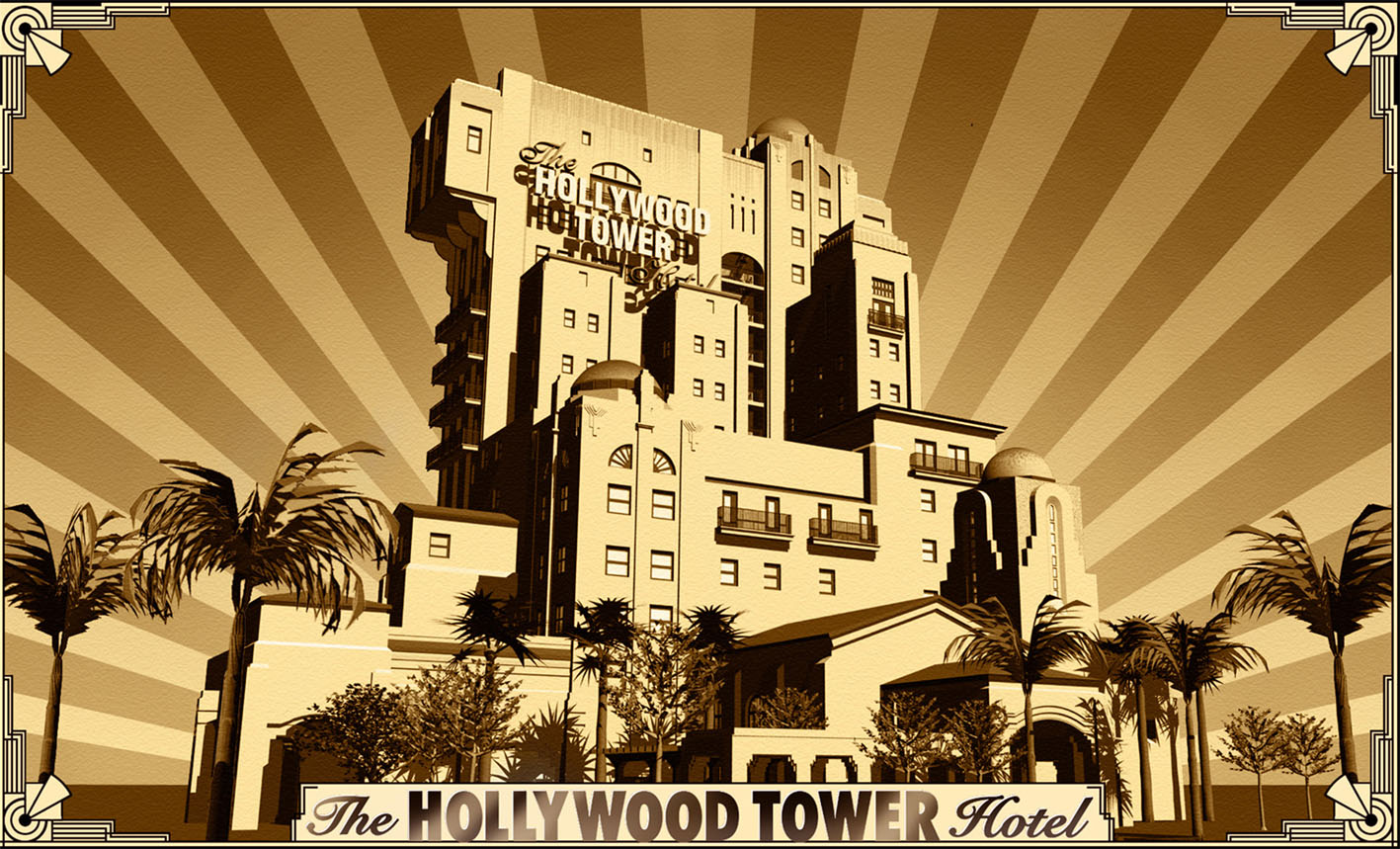

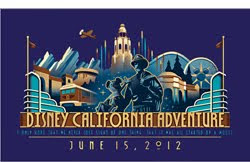

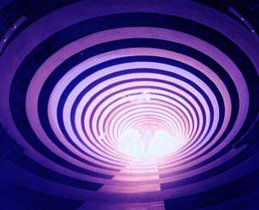
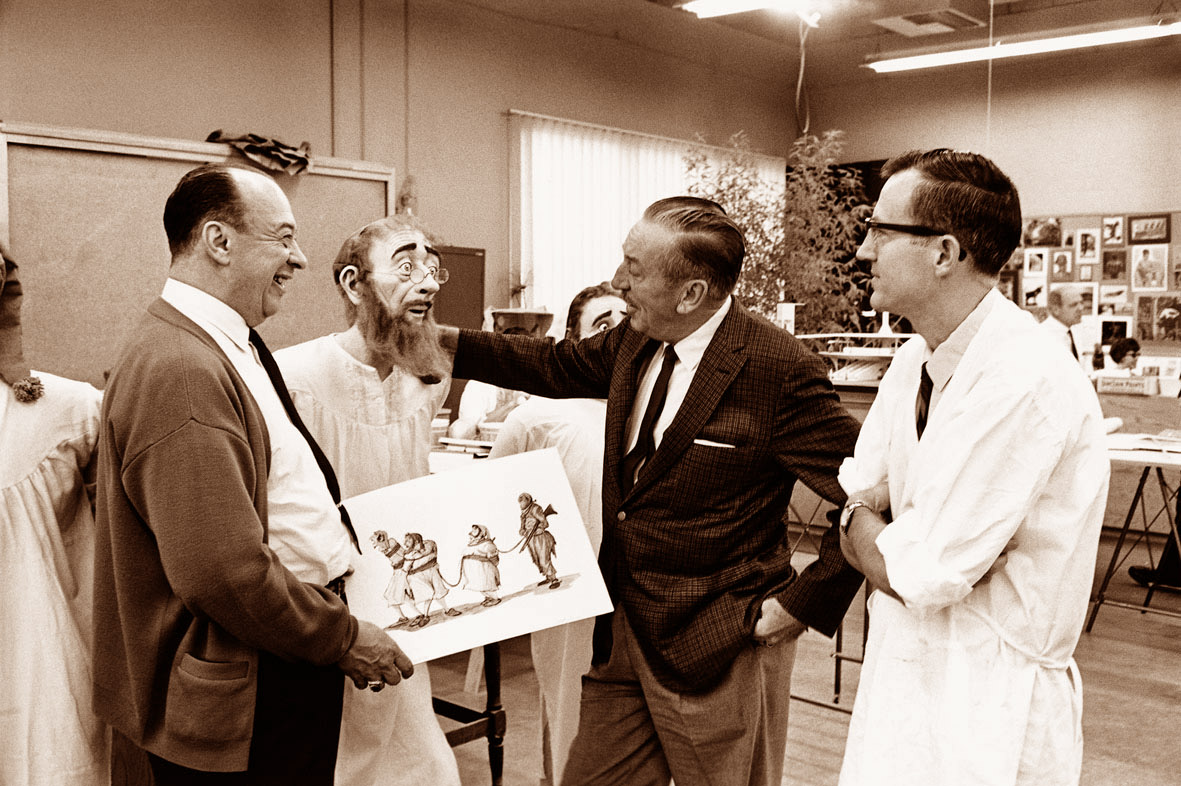


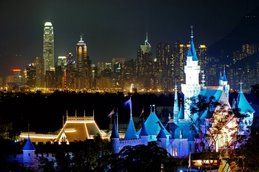
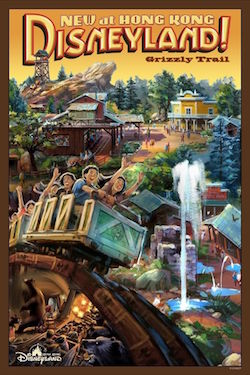




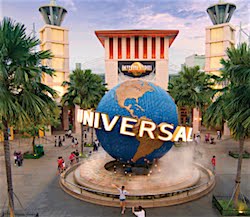





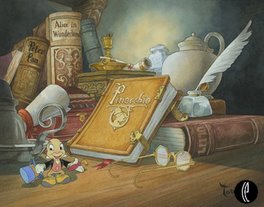
No comments:
Post a Comment